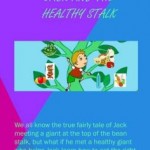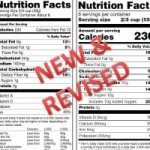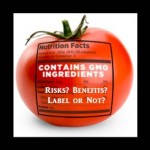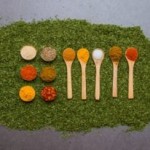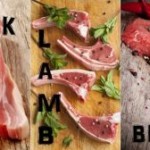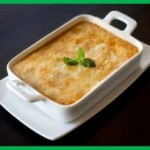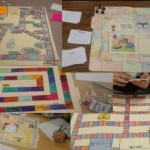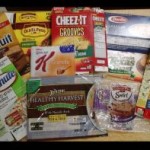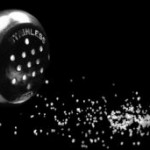
I’ve always viewed sodium as a “Catch 22” flavoring agent! It’s one of those minerals your body needs to function correctly, but if under or over consumed, serious health issues can result. So, when I teach this information to my students I try to get them to understand why it’s good, why it’s bad, where we find it and how to reduce it. Of course it’s always fun to follow it up with a low sodium lab and/or a unit on herbs and spices, teaching them how to prepare foods that taste good, with or without the “Catch 22” flavoring agent. So, encourage your students to put on their detective cap and investigate the amount of sodium in the foods they are consuming!


